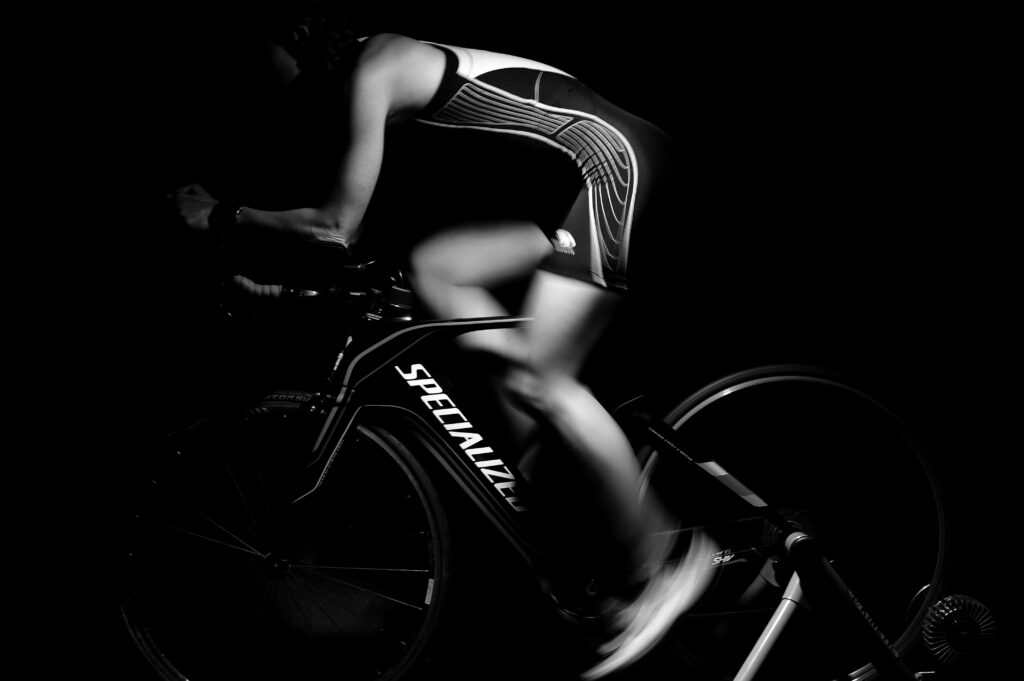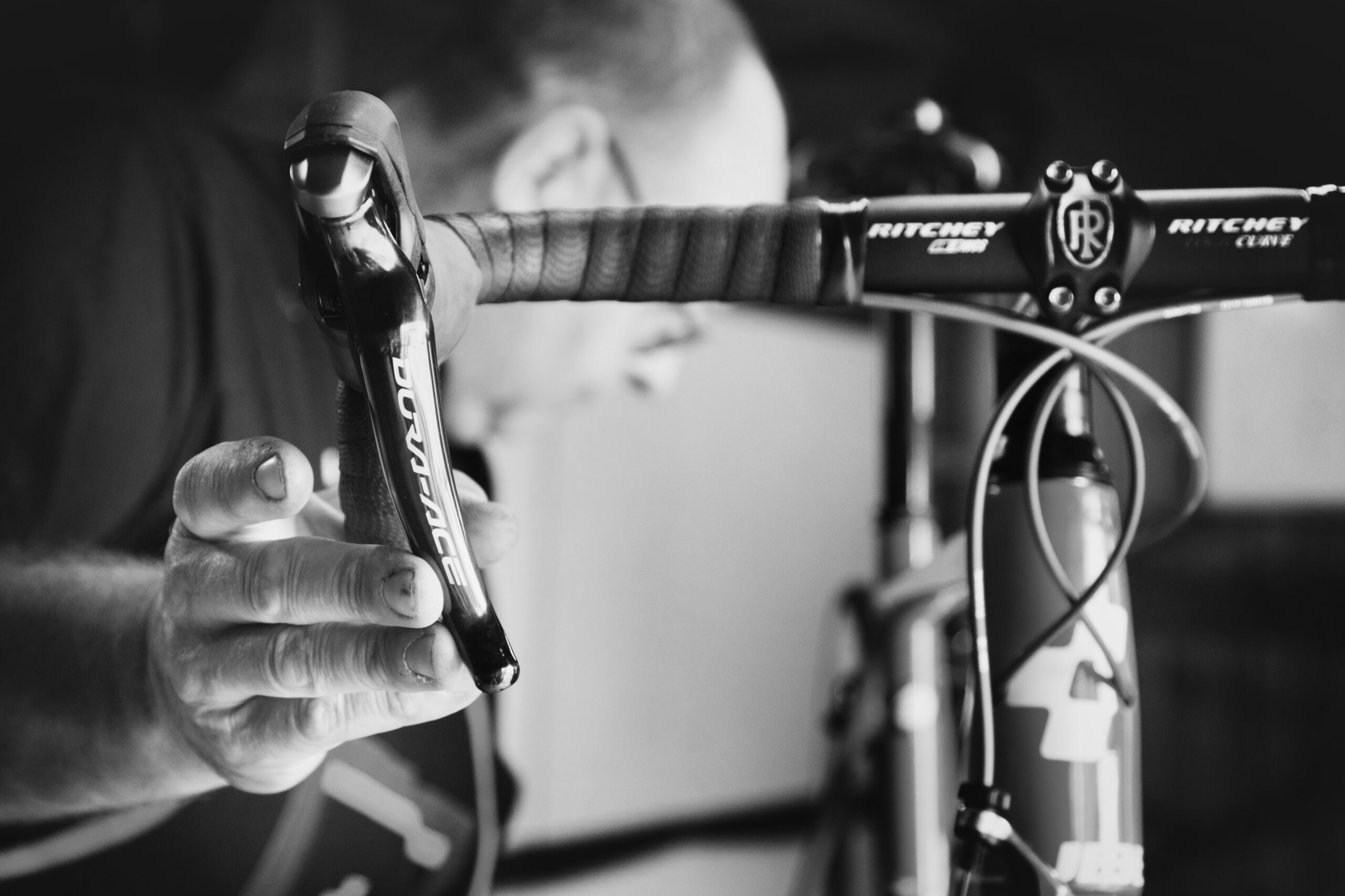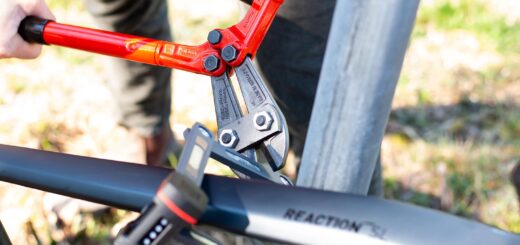Performance diagnostics in cycling – how fit are you really?

The approach to determining how fit you are can involve a number of examinations and tests, and depending on how deep you want to dig into your wallet, you have a whole range of options. It’s a good thing that others – like us at MHW – have already dealt with the issue to make it a little easier for you.
With a good overview, you save time when making your decisions, because you can then make them in a targeted manner. And that’s what matters, because as an athlete you know exactly how crucial comprehensive knowledge in combination with the optimisation of your training plan is.
Performance diagnostics can be your career springboard if you are still at the very beginning, because it gives you significant insights into an invisible area
Many values collected from top athletes, among others, have also long since proven that it is not only your training that matters, but also talent and genes
For example, it is crucial which energy reserves your body prefers to draw on and how it “goes about it”. Indeed, you can achieve a lot with appropriate basic training, but never underestimate the power of your DNA!
With the right diagnostics, you can specifically train away any performance problems and get the best out of yourself. At this point we can already see that performance diagnostics are a cornerstone of your career. No top athlete can do without it, unless they want to experiment with their health and waste time on rather pointless training sessions, if they are planned out of the blue.
We cyclists want to hit the bull’s-eye with our performance arrow and get the best possible results.
Don’t be put off by what may be unfamiliar details in the following paragraphs. At first it sounds more complicated than it is. We want to make it clear to you what performance diagnostics are all about. Your doctor or trainer will then explain the in-depth expert details to you – assuming the information can’t go far enough for you. After all, the parameters of your performance curves that are finally filtered out form the basis for nutrition plans and planned training sessions.
If you think you know about your current state of health, you may be proven wrong, or your suspicions may finally be confirmed. No matter what the results of your test are, you will be able to take the next step and do what you need to do.
Of course, your condition will change over the years, especially if you continue to train diligently in addition to competing. If you are a professional or generally want to challenge yourself constantly, it is worthwhile to have diagnostics at appropriate intervals.
The reason for performance diagnostics is therefore training management. Only if you have suitable measurement data on your own performance can you adjust your training stimuli precisely to your own, very individual body reactions. This maximises your training efficiency and at the same time you avoid under- or overstraining yourself and the associated health disadvantages.
In cycling, for example, various tests are carried out for anaerobic endurance. These include the Wingate test or the Katch test, which we will briefly discuss later. Other common methods include the lactate test and spiroergometry. They analyse the stress parameters of your circulatory system, metabolism and breathing. Furthermore, the fat and carbohydrate turnover are also evaluated. Breathing gases and breathing volume provide information about your individual endurance performance.

Before you do it ...
I’m sure you care a lot about your unbiased data, but you have a lot to contribute. Not only during the tests, when you have to follow sweaty instructions – but also before. Your state of health and your diet play a big role. But regeneration may also be decisive, after all, even the best athlete is not a machine. Muscles, bones, tendons, your heart and ligaments – and even your head – need a break.
Performance tests are carried out several times. This statement already shows how important it is to create comparable conditions for each test unit. Do not train the day before or at least skip it moderately. Create the best possible conditions for the test phases in the performance centre by starting your challenges refreshed and being able to prove the peak of your performance level without blockades.
One day before the test, your meals should consist mainly of carbohydrates. On the day of the test, make sure you eat a light, sugar-free diet and do not eat anything else two hours before the test – except to quench your thirst in a healthy way. Of course, we won’t leave you in the lurch when it comes to nutrition. We’ll be happy to advise you on that, too.
What makes the difference?
Clearly: the fat metabolism, due to genetic factors. In addition, the amount of training and training experience, i.e. the “training age”, play a decisive role. Fortunately, fat metabolism can be changed to some extent. So we don’t need to despair when others achieve better values “as if by themselves”. Thanks to performance diagnostics, we can intervene here in a targeted way without training into the void.
Usually, the classification of training ranges is done in percentages with respect to the individual anaerobic threshold = iANS. The load intensity is divided into intensity ranges, which are given as a percentage of the power output or as a percentage of the heart rate. These data form the starting point for the upcoming, conditional form building.
To our solid metabolism:
Glycogen stores are usually depleted quickly and can therefore only hold energy for a short time. Afterwards, the body switches predominantly to energy production through fat. In order to train the fat metabolism and thus conserve the glycogen reserves, it is essential to increase basic endurance.
In concrete terms, this means: our energy store has access, so to speak, to DeepL, but this can only be tapped for 90-120 minutes before these reserves are used up.
Efficient energy supply in the aerobic range is essential for sustained high performance, which in turn means that the focus is on optimising our fat metabolism.
Our body weight plays a decisive role here, and what else do we need to consider? Locomotion over hours under one’s own power, often quite a few metres of altitude have to be overcome … and those who attack, i.e. attack competitors, quickly reach the absolute limit of exertion – Whew! Ordinary people will break out in a sweat at the mere idea.
You might wonder how the level of a marathon can be simulated in a test centre. But in fact, certain peaks are enough to pinpoint your possibilities and to find out what the best training programme should look like for you personally. Your tasks are as simple as they are strenuous: pedal, have your blood drawn and answer your doctor’s questions honestly, make assessments as accurately and comprehensively as possible.
The sources of your energy:
To begin with, let’s generally distinguish between two types: anaerobic and aerobic, which refers to oxygen levels and metabolism within the cells.
In every trained athlete, the ability to quickly break down lactate is improved. This means that endurance performance can be maintained for a very long time. Incidentally, it is due to the high level of acidification in the anaerobic range that we fall back into the dominant aerobic range after a relatively short time.
Since, as already mentioned, glycogen reserves are soon exhausted during intensive endurance exercise, a sophisticated food control system is extremely helpful, as it can be used to compensate for drops in performance.
Simply put: In all longer competitions, it is your anaerobic metabolism that counts. If you train it sufficiently, it can lead you to victory.
The optimised provision of creatine phosphate reserves and anaerobic-lactacid metabolism are your guarantors for peak performance, with which you will ultimately outperform your competitors. This optimisation allows you to achieve top performances!
As soon as you leave the absolute intensity range, your body can break down the accumulated lactate by means of aerobic metabolism. This also replenishes the creatine phosphate reserves. During this phase, a high oxygen supply is required, which happens through faster breathing.

Train regeneration – achieve optimal lactate utilisation
In addition to rapid recovery, the ability to tolerate elevated blood lactate levels for a limited period of time is of great importance. This brings us to another key point that needs to be achieved. Your doctor will use the abbreviation ANS. The values of your highest possible load reveal your “anaerobic threshold”, so to speak.
The ANS is related to various performance parameters. These include the speed you have reached and your heart rate or power output. If you constantly move at the aerobic-anaerobic threshold, you reach your most effective energy conversion (steady state).
This so-called lactate threshold describes the range of exertion in which the oxygen supply and oxygen consumption within your cells are just in balance with each other during lactate formation and lactate decomposition.
The area below the threshold is called aerobic, the area above it anaerobic. The higher the aerobic-anaerobic threshold, the better your performance.
Too much lactate inhibits your muscle performance. The more trained you are, the further your aerobic-anaerobic threshold shifts upwards – you move in the maximum performance range without too much lactate being formed – perfect!
The tests – a brief overview
The Wingate test tests the progression and extent of anaerobic performance. A crank is to be turned/pedalled for 30 seconds in a sitting or lying position. Finally, the total power as well as a punctual maximum power are evaluated by means of 10-second power sections. Oxygen consumption is also determined.
The Katch test also measures anaerobic performance. Men and women are given different resistances against which they have to pedal. They have to complete the maximum number of pedal revolutions within 40 seconds. The recorded data is used to document explosive power, for example.
The lactate test describes the metabolic behaviour in the stressed body zones. After each completed performance level, the corresponding value is determined by means of a blood drop. Thanks to the calculations with the metabolic product lactate, individual performance ranges can be determined. Lactate formation and lactate decomposition are evaluated, and thus ultimately the acidity or PH value in the muscles. As soon as the aforementioned thresholds – at which your body changes its metabolic reaction – have been determined, your optimal training ranges can be derived from this.
Load level test: Every three minutes the pedalling resistance is increased by 30 watts, starting at 100 watts. As soon as a cadence between 85 and 95 crank revolutions per minute can no longer be overcome, that’s it. If you are ready for it, this test will lead you to complete exhaustion.
Spiroergometry uses a face mask to measure not only your heart rate but also your oxygen intake and oxygen utilisation.
FTP test: The special feature of the FTP test is that you can do it yourself. You use a suitable measuring device to determine your maximum performance over 60 minutes:
Warm up for half an hour, then empty your anaerobic stores for 4-5 minutes at maximum effort. Then you allow yourself 20 minutes of easy riding, and finally you push yourself for another 20 minutes. During this last phase you have to constantly increase your performance in order to really reach the end…
Want to see your numbers?
Then use your many options to ultimately lead yourself to victory. Even apart from various tests, there are still ways to optimise your performance. Ride more powerfully and aerodynamically, and above all painlessly, by choosing the bike that is perfectly suited to you. Have the seating position adjusted exactly to you. We’ll be happy to help you with our buying advice and find the right type of bike for you!



















Recent Comments